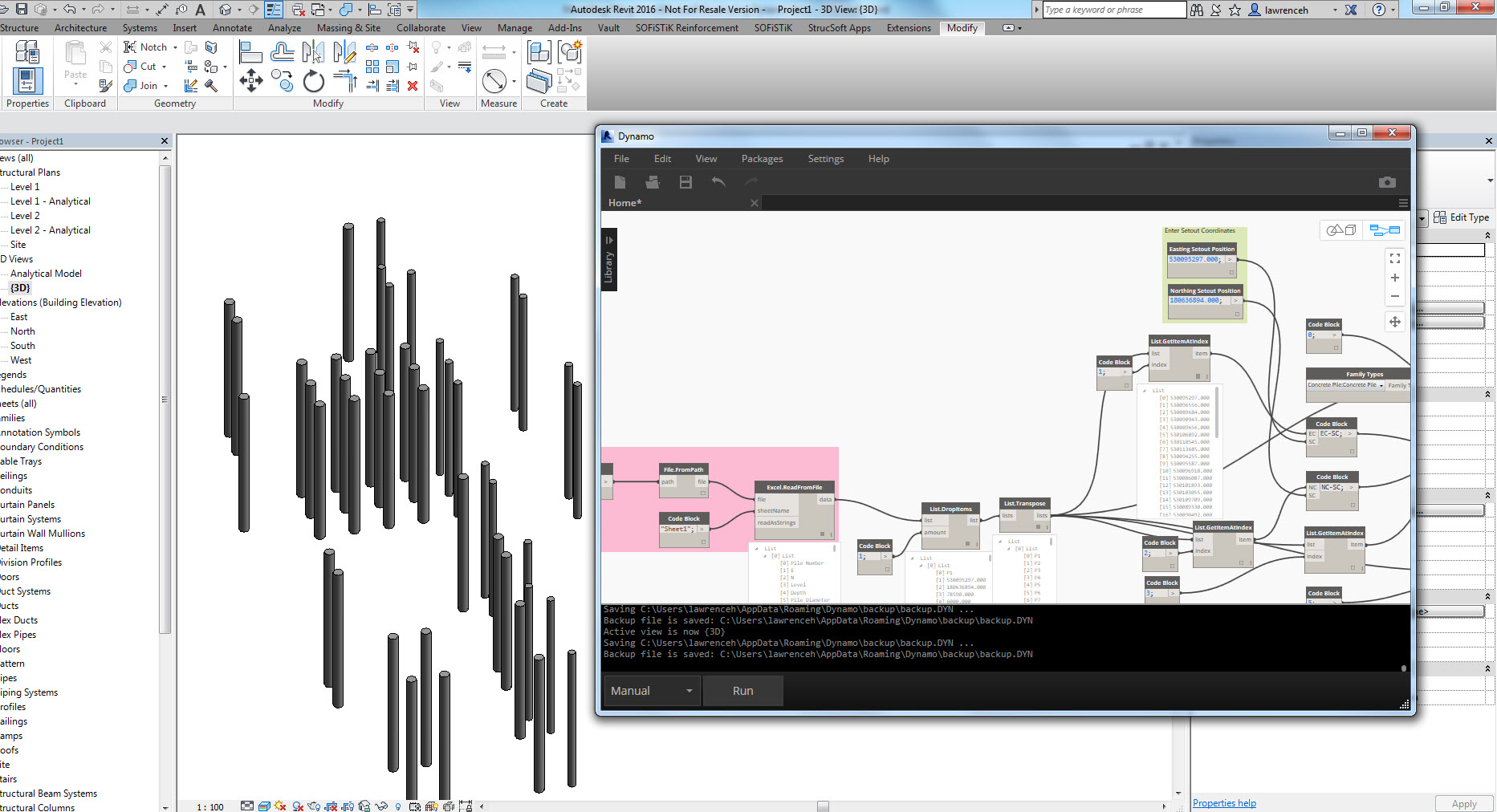Perfectly Import Excel into Revit: Increase Your Performance
Wiki Article
Mastering the Art of Information Integration: Exactly How to Seamlessly Import Excel Record Into Revit
Are you battling to import Excel data into Revit smoothly? Look no more! In this article, we will guide you with the process of understanding the art of data assimilation. Discover the value of seamless combination in Revit and explore the Excel data layout for Revit integration. Prepare to prepare your Excel data easily and follow our detailed overview to import documents right into Revit. With our finest methods, you'll accomplish data combination success in a snap. Let's obtain started!Understanding the Relevance of Data Combination in Revit
Recognizing the significance of data assimilation in Revit is vital for seamless importing of Excel data. When you integrate data from Excel right into Revit, it allows you to effectively take care of and upgrade info throughout the entire task. This assimilation makes sure that your layout and building and construction process is precise and updated.By integrating information, you can quickly import and upgrade criteria, schedules, and also geometry in Revit. This gets rid of the requirement for manual data entrance, saving you time and minimizing the risk of mistakes. With Revit's information combination abilities, you can preserve uniformity and accuracy in your job, while likewise improving collaboration amongst employee.

Discovering the Excel Documents Format for Revit Assimilation

In order to efficiently incorporate Excel data into Revit, it is important to make certain that the data is formatted correctly. This consists of properly classifying columns and rows, as well as structuring the information in such a way that works with Revit's information schema. Revit uses details criteria and classifications to arrange data, so it is very important to straighten the Excel information with these criteria to ensure a smooth combination.
Furthermore, it is essential to keep in mind that Revit only sustains certain data types when importing from Excel. These consist of message, numbers, and days. Any other information types, such as formulas or conditional formatting, will not be acknowledged by Revit and might create concerns throughout the combination procedure.
Preparing Your Excel Information for Seamless Import Into Revit
To guarantee a smooth assimilation process, you'll need to effectively style and tag the columns and rows in your Excel information prior to importing it into Revit. Beginning by analyzing your Excel data and recognizing which columns and rows contain relevant details for your Revit project.Next, guarantee that the data in each column is appropriately formatted. For instance, if you have a column for dimensions, make certain that all measurements are consistently formatted in the exact same units of measurement. Revit depends on consistent format to precisely translate and import data.
Furthermore, it is essential to examine for any kind of empty cells or disparities in your data. Revit might not be able to check out or import information from cells that are vacant or consist of mistakes. For that reason, it is recommended to examine your Excel information and clean up any incongruities before importing it right into Revit.
Step-By-Step Guide to Importing Excel Files Into Revit
Once you've effectively formatted and identified your Excel data, you can easily import it into Revit by following this step-by-step overview. To begin, open Revit and browse to the "Insert" tab. Click "Import CAD" and select "Import Excel" from the dropdown food selection. A new window will certainly show up, asking you to find the Excel file you intend to import. Surf your computer system and select the Excel documents, after that click "Open."Following, a dialog box will appear, allowing you to tailor the import setups. Here, you can select the worksheet you want to import, specify the series of cells to import, and pick the proper systems for your information. As soon as you have actually made your choices, click "OK" to proceed.
Revit will currently display a preview of your Excel information. Take a minute to guarantee and evaluate the preview that whatever looks right. If needed, you can make changes to the import settings by clicking on the "Setups" switch.
Finest Practices for Data Integration Success in Revit
Make sure you follow these ideal techniques to ensure successful integration of information in Revit. It is important to arrange your information in Excel prior to importing it into Revit. Be mindful of the devices and information kinds when mapping the information, as any kind of inconsistencies can lead to mistakes in the assimilation procedure.An additional essential practice is to frequently confirm and upgrade your data. Furthermore, make usage of data validation tools within Revit to determine any kind of mistakes or disparities in the integrated data.
Finally, it is suggested to establish a clear workflow for data integration. This includes defining roles and obligations, establishing a communication network between team participants, and establishing a regular cadence for data updates and reviews. By following these finest practices, you can ensure a seamless and successful integration of information in Revit, eventually enhancing the effectiveness and precision of your job.
Final Thought
In conclusion, mastering the art of data assimilation is crucial for smooth import of Excel files right into Revit. Recognizing the importance of information integration in Revit is the initial step in the direction of successful assimilation.When importing data from Excel right into Revit, it is important to comprehend the documents style and just how it can influence the assimilation process (revit tools). Revit makes use of particular specifications and groups to organize data, so it is crucial to straighten the Excel information with these specifications to make certain a seamless combination
Be mindful of the information and systems kinds when mapping the information, as any type of disparities can lead to mistakes in the integration procedure.
Additionally, make usage of data recognition tools within Revit to identify any revit tools type of errors or disparities in the integrated data.

Report this wiki page